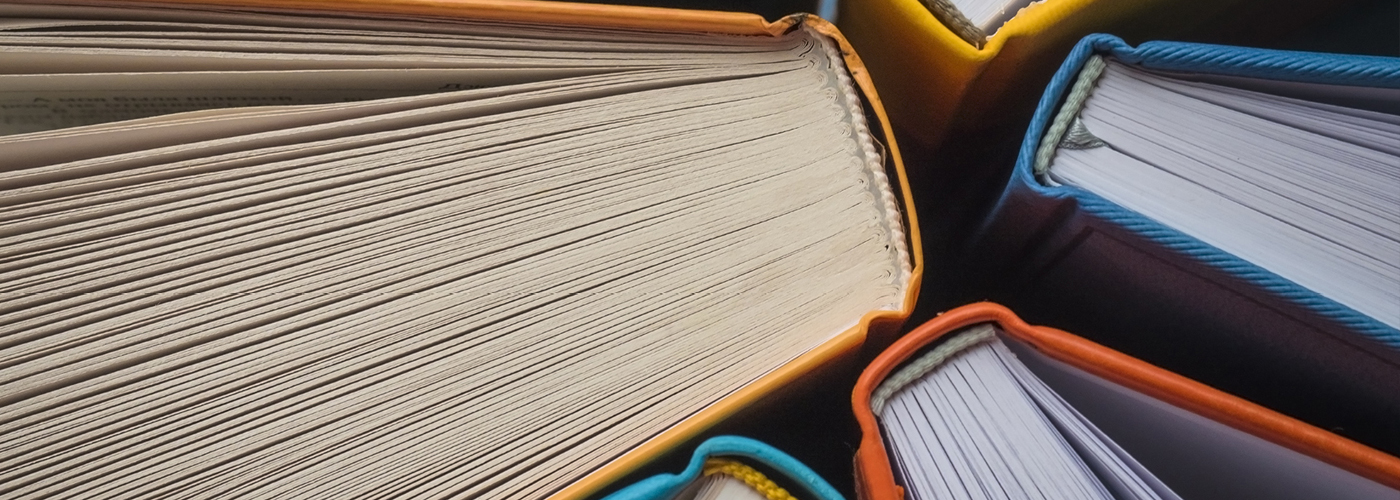
A hardcover, hardbound or hardback book has rigid covers and is stitched in the spine. Looking from the top of the spine, the book can be seen to consist of a number of signatures bound together. How to make a hardcover book from printing sheet to the hardcover book?
|
With offset and most digital book printing, the printing is done on large sheets and then folded into 4, 8, 12, 16, 24, or even 32 pages, depending on the machinery, the paper stock, and the trim size of the book. The end result is a booklet called a signature, with all the pages in order. It is quite ingenious.
One sheet is printed on both sides, folded, and trimmed to become a signature (16 pages in this instance).
Your book might end up with a few or dozens of signatures, so in order to collate them properly, a small marker is printed on the back side of each one. (Even more ingenious.) The signatures are then lined up into a "book block" for binding, smashed together with a weight, and trimmed to achieve neat outer edges.
The little collation marks at the back edge of each signature should line up as shown here in red.
Basically, stitching a book binding is the traditional method and is very durable. It is done in two different ways. Smyth sewing involves stitching from the middle of each signature to the outside and then over to the center of the next signature in a kind of looping motion. This results in a nice, easily-opened book and a flexible spine. The signature block can be glued to the inside of the spine or not - no glue results in a book that will stay open on its own (a "lay flat" book).
Smyth sewing (left) goes from the center of each signature to the center of the next, making a more flexible binding. The thread or staples in side (or McCain) stitching goes right down through all the signatures at once. This makes a sturdier binding.
Side (or McCain) stitching is often used for books that are destined to a hard life, such as library editions, children books, and textbooks. The signatures are gathered and then sewn or stapled from the side rather than through the folds (see above). The endpapers are attached to the first and last pages of the book block with a thin vertical line of glue near the stitching, and then the back edge of the book block (plus endpapers) is wrapped with a cloth (the "backing material" in the illustration).
Here is how all the parts are put together in a casebound book.
The wrap for the hard case can be cloth or a printable material. Wrapping the plain, foil-stamped, or printed case is a separate operation. Once the wrapped case and the book block come together, the endpapers are glued to the inside of the case, leaving two free pages that are called the flyleaf. Sometimes a headband and tailband are added.
In the lower book, the backing material that wraps around the book block is glued to the spine. The upper book lays flat because the book block is free of the spine. Both books have headbands, though the black and white one is more noticeable.
A flexible hardcover can also be made with the same book binding equipment. Instead of a thick, stiff cardboard case, a thinner one is used. This results in a book that looks just like a hardcover one but that is also bendable. This is called flex binding. |
| Tag:hardcover book,book binding,signature,book block |
Please Leave Your Messenger Here!
We will do our best to make your business prosperous!




